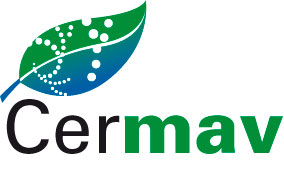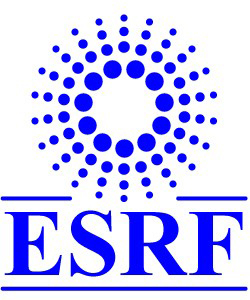Mannan
.........................................................................................
Introduction
Mannan, is a polysaccharide made of β-D-mannose units linked 1→4, that can be obtained as a pure homopolysaccharide of the endosperm of certain plants, notably ivory nuts: Phyelephas macrocarpa. It is also found in the walls of algae belonging to the families Codiacea and Dasycladaceae.

Fig. 1 Schematic representation of the repeating unit of Mannan (X-ray diffraction)
Both the plant and the algal material exhibt in situ crystallinity, although the latter exist in the optically anisoptropic form under the light microscope. The algal mannans have been reported to exist in two different polymorphs. The first one is similar to that observed with ivory nut mannan, being referred to as mannan I. The second one, in analogy with cellulose polymorphism, is referred to as mannan II.
Mannan I (β 1→4) :
Following preliminary X-ray studies  ,
,  the crystal and molecular structure of mannan I has been established by two independent investigations making use respectively of X-ray diffraction
the crystal and molecular structure of mannan I has been established by two independent investigations making use respectively of X-ray diffraction
 and electron diffraction analysis
and electron diffraction analysis
 .
.
a. 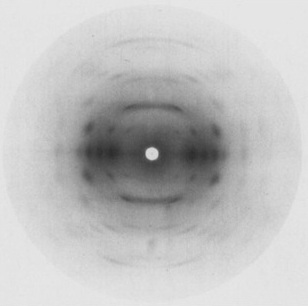
b. 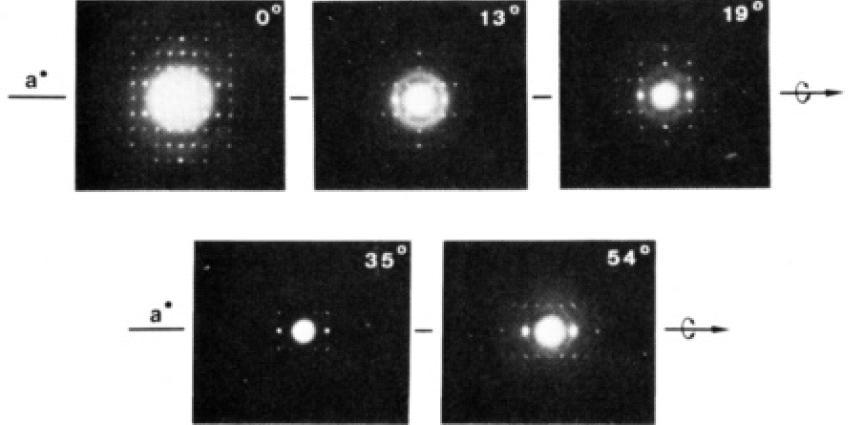
Fig. 2 (a.) X-ray diffraction diagram form mannan I showing the 2-fold helix symmetry and a c fiber repeat of 10.27Å (b.) Electron diffractogram of Mannan I
In the later case, the intensities were measured from diffraction patterns produced by tilted specimens; several zones were collected, digitized and reduced to integral intensities. Both studies agree and propose a 3D structure which is made up of extended two fold helices stabilized by intramolecular hydrogen bonds in agreement with the stereochemical features of one of its model compounds : mannotriose. The chain is stabilized by two intramolecular hydrogen bonds, O3H…O5 (2.58 Å) and O6H…O3 (3.0 Å).
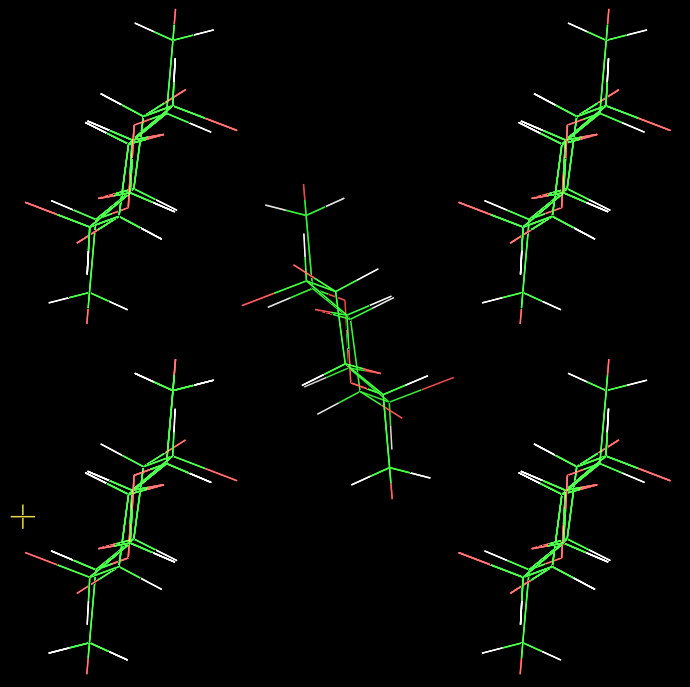
Fig. 3 Schematic representation of the crystalline conformation of Mannan I
Within the orthorhombic unit cell, the two chains are related by crystallographic screw axes perpendicular to the chain direction and, hence, are antiparallel. The packing consists of alternatively “up” and “down” chains along the apparent growth plane. The association of adjacent chains is stabilized by intermolecular hydrogen bonds.
Mannan II (β 1→4) :
X-ray analysis
 ,
,
 indicates that this mannan polymorph crystallizes in a four-chain orthorhombic unit cell. The conformation of the mannan chain is virtually identical to that of the mannan I polymorph, with the exception of the orientation of the primary hydroxyl groups. There are two “up” and two “down” chains which are conformationally identical as they are related by symmetry axis of symmetry normal to the fiber axis. Antiparallel strands are stabilized by hydrogen bonds (O6H…O6; 2.6 Å); this result in the formation of sheets almost parallel to the (bc) plane
indicates that this mannan polymorph crystallizes in a four-chain orthorhombic unit cell. The conformation of the mannan chain is virtually identical to that of the mannan I polymorph, with the exception of the orientation of the primary hydroxyl groups. There are two “up” and two “down” chains which are conformationally identical as they are related by symmetry axis of symmetry normal to the fiber axis. Antiparallel strands are stabilized by hydrogen bonds (O6H…O6; 2.6 Å); this result in the formation of sheets almost parallel to the (bc) plane
 .
There is a water molecule on a two-fold rotation axis per mannose residue that forms an intersheet of hydrogen bonds and provides additional stability to the 3-dimensional structure.
.
There is a water molecule on a two-fold rotation axis per mannose residue that forms an intersheet of hydrogen bonds and provides additional stability to the 3-dimensional structure.
Comments: The parallel chain packing for cellulose I and chitin I are compatible with the concepts of biosynthetic mechanisms that generate the very long microfibrils and spines. While this mechanism is readily understood, it leaves an open question as to how chitin II, mannan I and mannan II, which are also native polysaccharides, achieve biosynthesis of antiparallel chains.
Mannan α 1→3 :
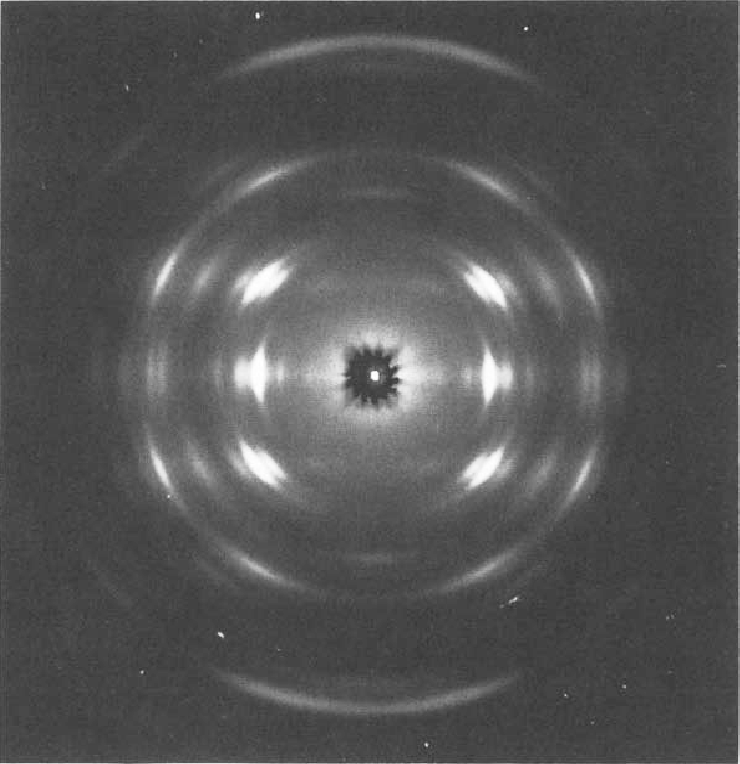
Fig. 4 X-ray diffraction pattern of Mannan α 1→3
Xylomannans :
Xylomannans are extracted from red seaweed Nothogenia fastigiata. Potential activities: anti-viral, helpes simplex virus type 1 and 2 in vitro activity, inhibits replication of herpes simplex (HVS) 1 and 2; human cylcomegalovirud (HCLV), respiratory syncytial virus (RSV), influenza A and B, Junin virus, Tacaribe, Simina virus.
